Because the weather was so hot, I decided it would make
sense to head to the coast on my first full day in Belgium and leave more of
Bruges to the forecast cooler day two days ahead. After meandering through the
countryside to Zeebrugge, the industrial port city just a few miles from
Bruges, I followed the coast southwestward to Oostende where there are things
to see beyond high-rise buildings and sand dunes. Much of the 40 mile-long
Belgian coast is actually lined with a wall of mid-rise apartment and hotel
buildings. I guess that’s what happens when a relatively wealthy country of
over 10 million people has only 40 miles of coastline – they build up! I mean, if you have as much coastline as the
United Kingdom with only about 65 million people, it’s not as if you have to
develop every inch of it the way the Belgie’s have. That’s not entirely true,
though; there are undeveloped stretches of sandy beach and dunes between the
towns and De Haan seems like a much prettier and more traditional beach town
than the others.
My plan turned out to be disastrous. When I arrived in
Oostende I followed the signs for the free parking lots far from the beach and
center of town with free bus services to the center. They were already
completely full around 11:00 A.M. Well, if you can’t get something free, you
sometimes just have to suck it up and pay for it! So I continued into town in
hope of finding some paid parking. Oostende, though, was a gridlocked madhouse
and every parking garage indicated it was full. I drove a significant distance
outside the center in home of finding a place to store my car for a few hours,
but it was hopeless. I gave up and programmed Bruges into the car’s GPS and
went back to town with the plan to take the train for the short ride to
Oostende on Saturday as I had originally planned.
Oostende where first set foot in continental Europe in 1985.
Our family motor coach tour started in London but Oostende was where the ferry
landed on the continent for our three-week whirlwind tour of Europe followed by
about ten days with relatives in Belgium.
We did go to back to Oostende for a day on that trip while
staying with friends and family in my mother’s hometown a little inland. I
recall the wide promenade, the very wide beach, and the chilly North Sea water
my brother and I went in for a short swim. I also remember it being quite a hot
day.
My mother always used to talk about what a big deal it was
to go to the North Sea among Belgians, although I suspect she probably only had
the opportunity to do so a few times in her life before she immigrated in 1955.
Within the decade after the Great Depression and WWII ended, a beach vacation
on the North Sea was probably a display of relative wealth and status (which my
mother’s family did not have). By the 1960s and 1970s that was going to Spain.
By the 1990s it was going to Thailand or anywhere in the world. Nowadays I’m
sure going to the North Sea is about as commonplace a vacation as going to
Myrtle Beach is for people in the Southeast or the Jersey Shore is for people
around New York.
Of all the Belgian beach towns (that can fit into 40 miles
of coastline), Oostende is still the most famous and the only true city by the
sea. I think it’s kind of an equivalent to Blackpool or Brighton for the
British, but it has an enormously wide beach lined by a very wide paved
promenade and lined with a dense wall of six to ten story buildings with a few
skyscrapers sticking out. Behind it is a fairly urban landscape with numerous
crowded pedestrian shopping streets.
It’s not really what Americans would
envision for a beach vacation, but on the other hand the traffic jams and
commercial clutter of Panama City, Ocean City, and Myrtle Beach have their
drawbacks too.
Like any beach spot, Oostende seems like a place to hang out
and have fun with friends and family. As a solo traveler I always feel a little
out of place at the beach, but as I’ll attempt to spell out phonetically in
West Flemish dialect – een betje waldeln an de strand, kijken naar de mensen,
en een betje drenken, altijd en betje drenken!
(A bit of wandering on the promenade, looking at the people, and a
little drinking, always a little drinking!)
The heatwave of my first three days in Belgium finally
broke. The morning clouds and sprinkles gave way to bright sunshine and winds
strong enough to sandblast anyone on the beach and send waves splashing over
the breakwater, but the wind and seasonable temperatures felt glorious.
I was also interested in Oostende because of its association
with the famous Belgian painter James Ensor. His rowhouse home on the busy Vlaanderen
Straat in the town center is now a museum but was closed for renovation at the
time of my visit. Ensor worked during the later 19th and early 20th
centuries and is best known for works with figures whose faces are covered with
masks, inspired by his mother who owned a souvenir shop in Oostende where she
sold masks among other things. I’ve always liked Ensor because his paintings
strike me as completely unique and a little spooky. Ensor’s biggest and most
famous painting, “Christ’s Entry Into Brussels” is actually at the Getty Museum
in Los Angeles.
Oostende actually has a fairly large art museum called
Mu.Zee. That would be a contraction of museum and zee (sea), but as best I can
tell most of the collection and temporary exhibitions are of crappy abstract
modern and contemporary stuff for which I have very little appreciation. Call
me a rube if you like; I don’t care! However, with Ensor’s house museum being
closed for renovation and the KMSKA (main art museum in Antwerp) closed for
renovation, most of Ensor’s works from both places were united in a great
special exhibition in at the Mu.Zee.
In any event, at least when getting there by train, I had a pleasant
and relaxing day in Oostende without too much of a sightseeing agenda and lots
of time to wander around on the Strand and the Vismarkt and enjoy the
Flemishness of it all.

 Ostend, Flanders, Belgium
Ostend, Flanders, Belgium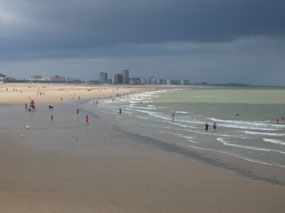
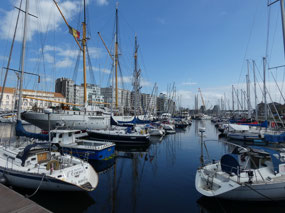
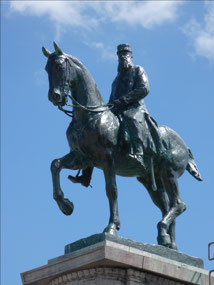
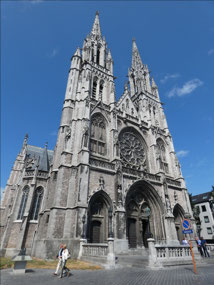


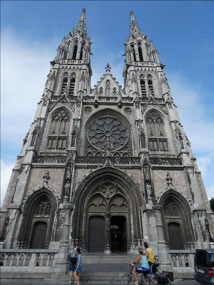
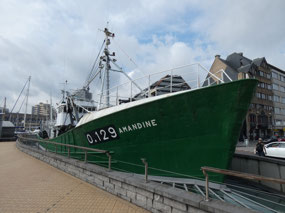

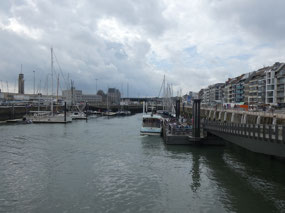
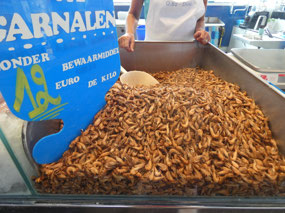
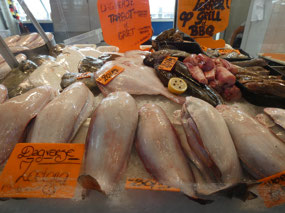
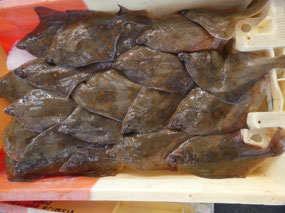
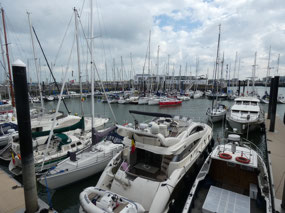
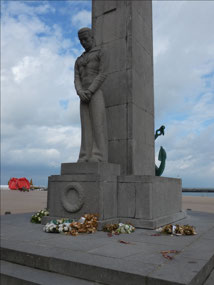
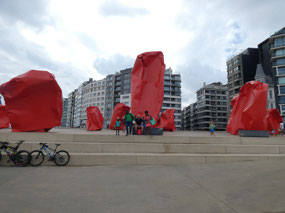
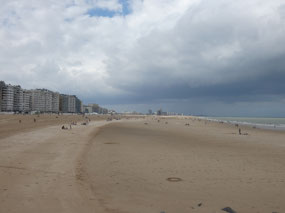
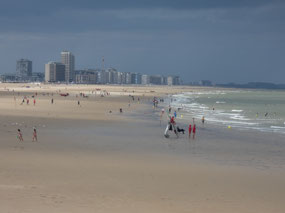
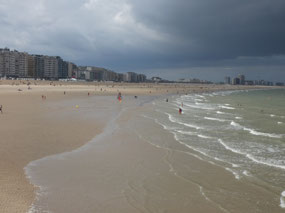
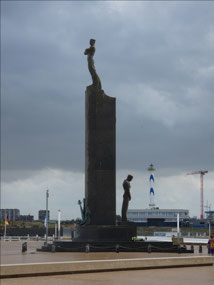
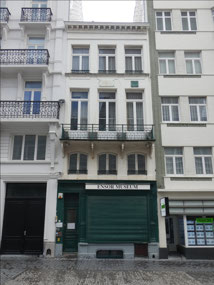
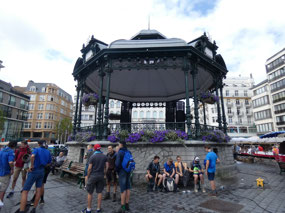

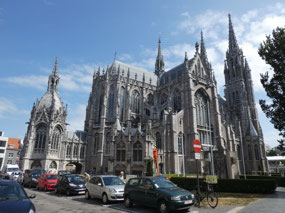
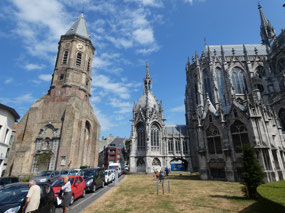

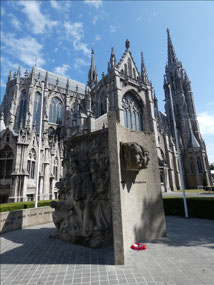
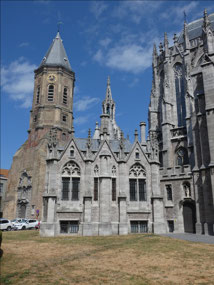
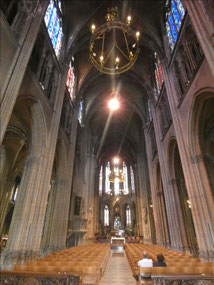
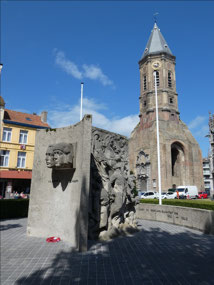
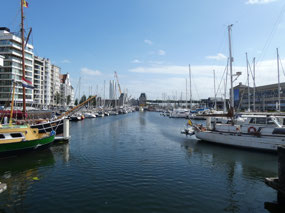
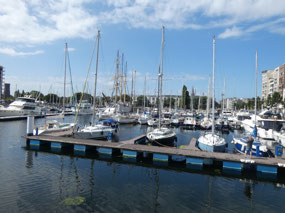
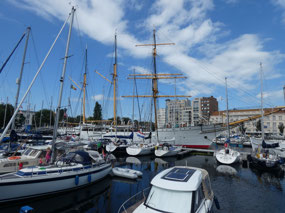
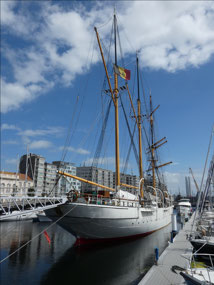
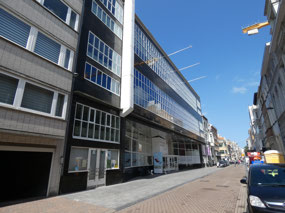
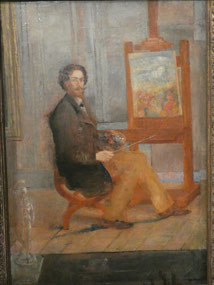
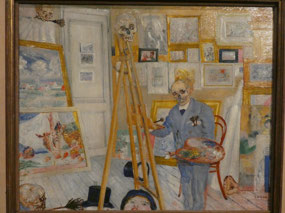
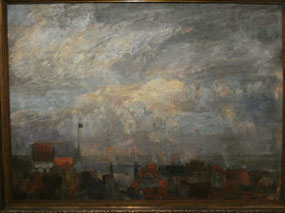
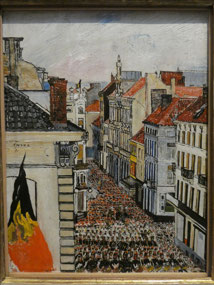
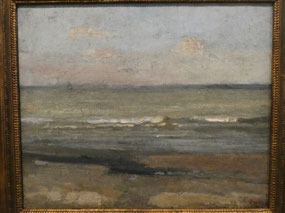
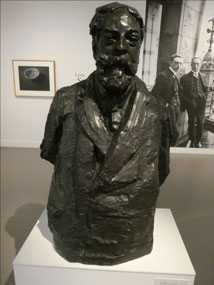
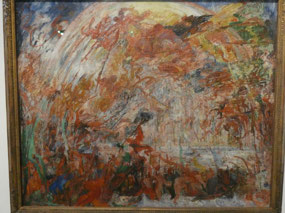
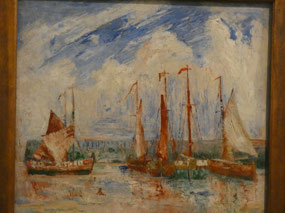

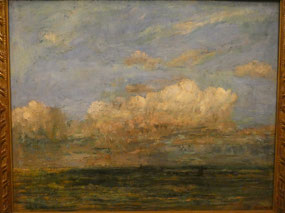
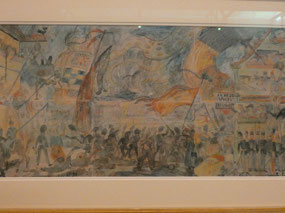
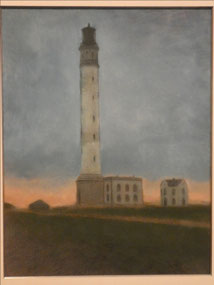

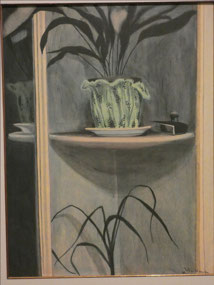
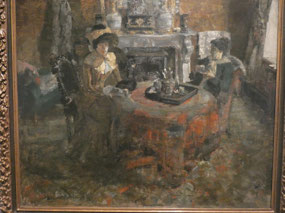
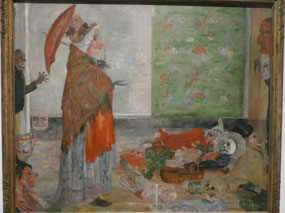
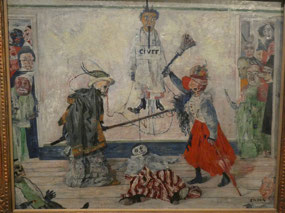
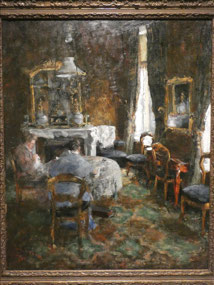

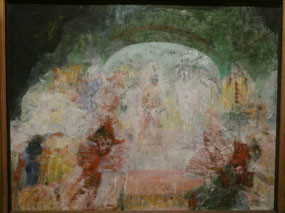
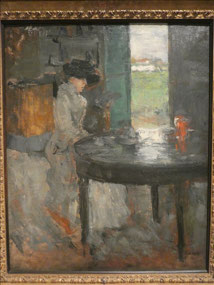
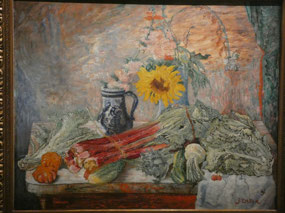
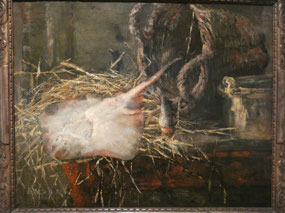
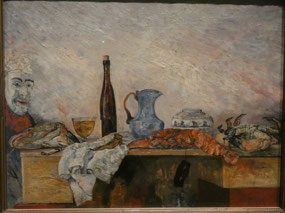
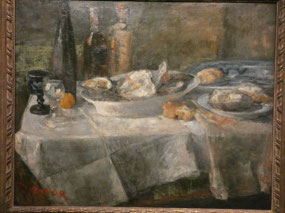
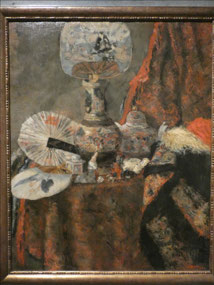



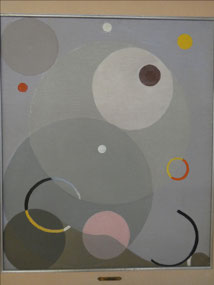


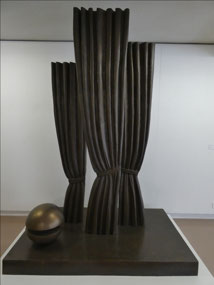

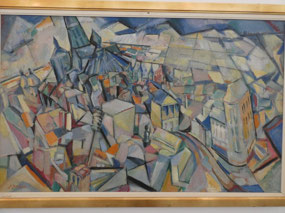

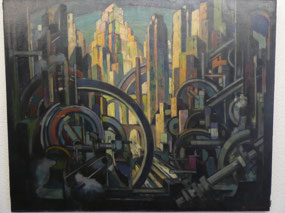
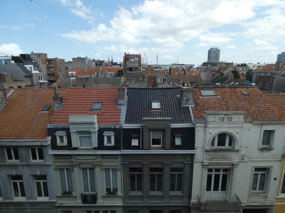
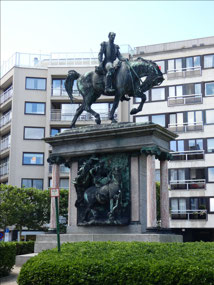
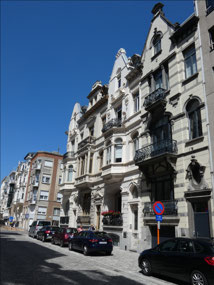
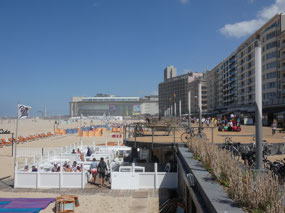
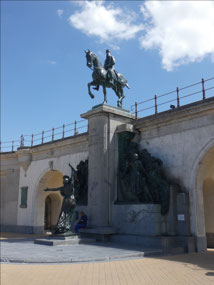
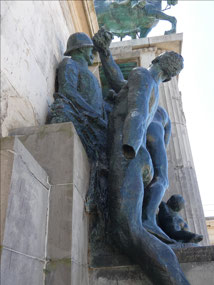
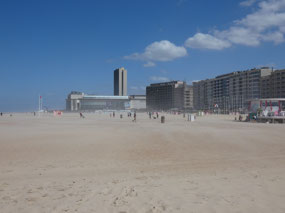
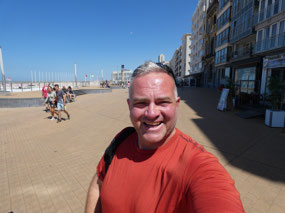
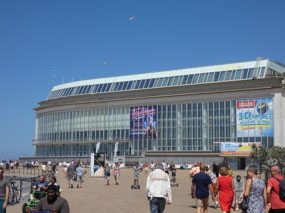
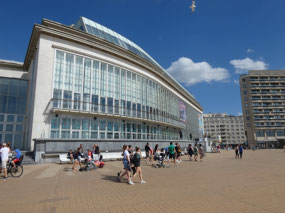
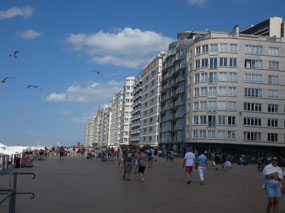
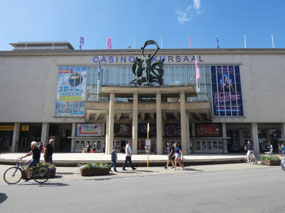
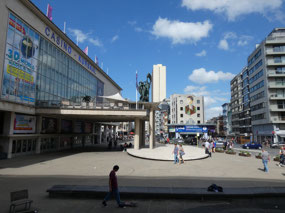
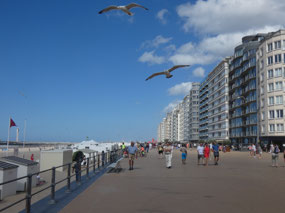
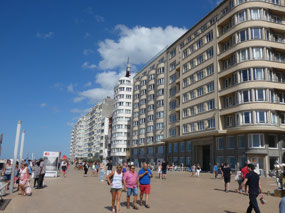
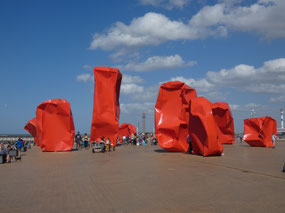
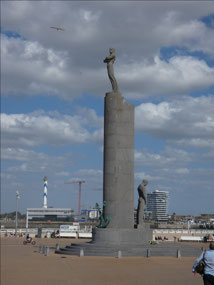
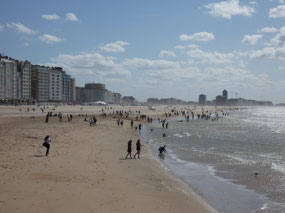

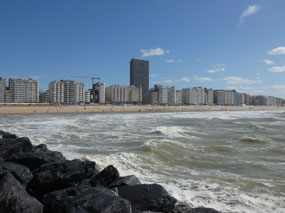
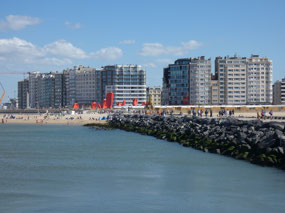
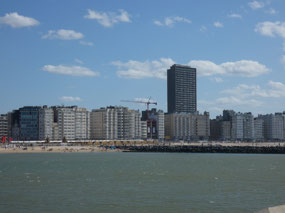
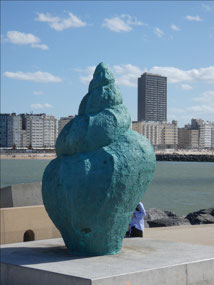
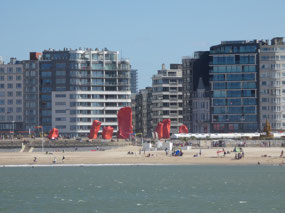

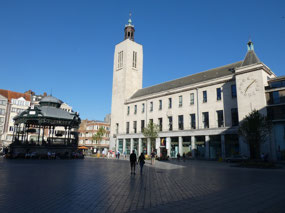
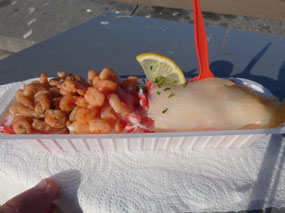
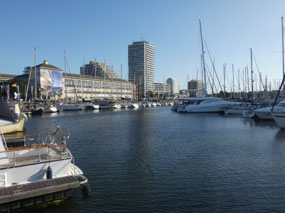
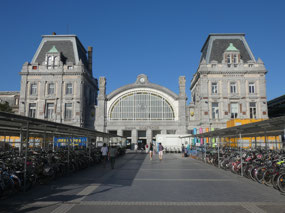
2025-05-22